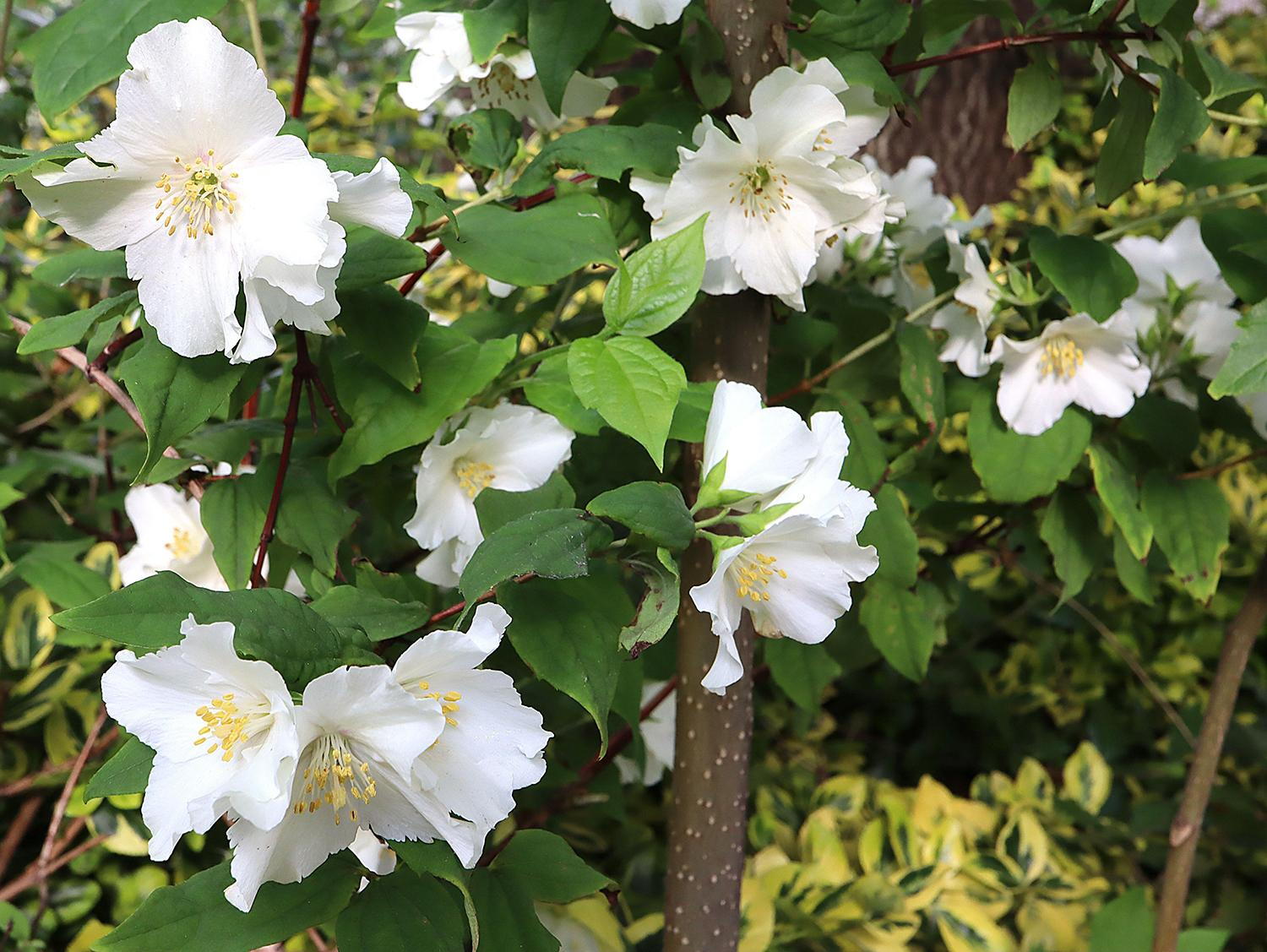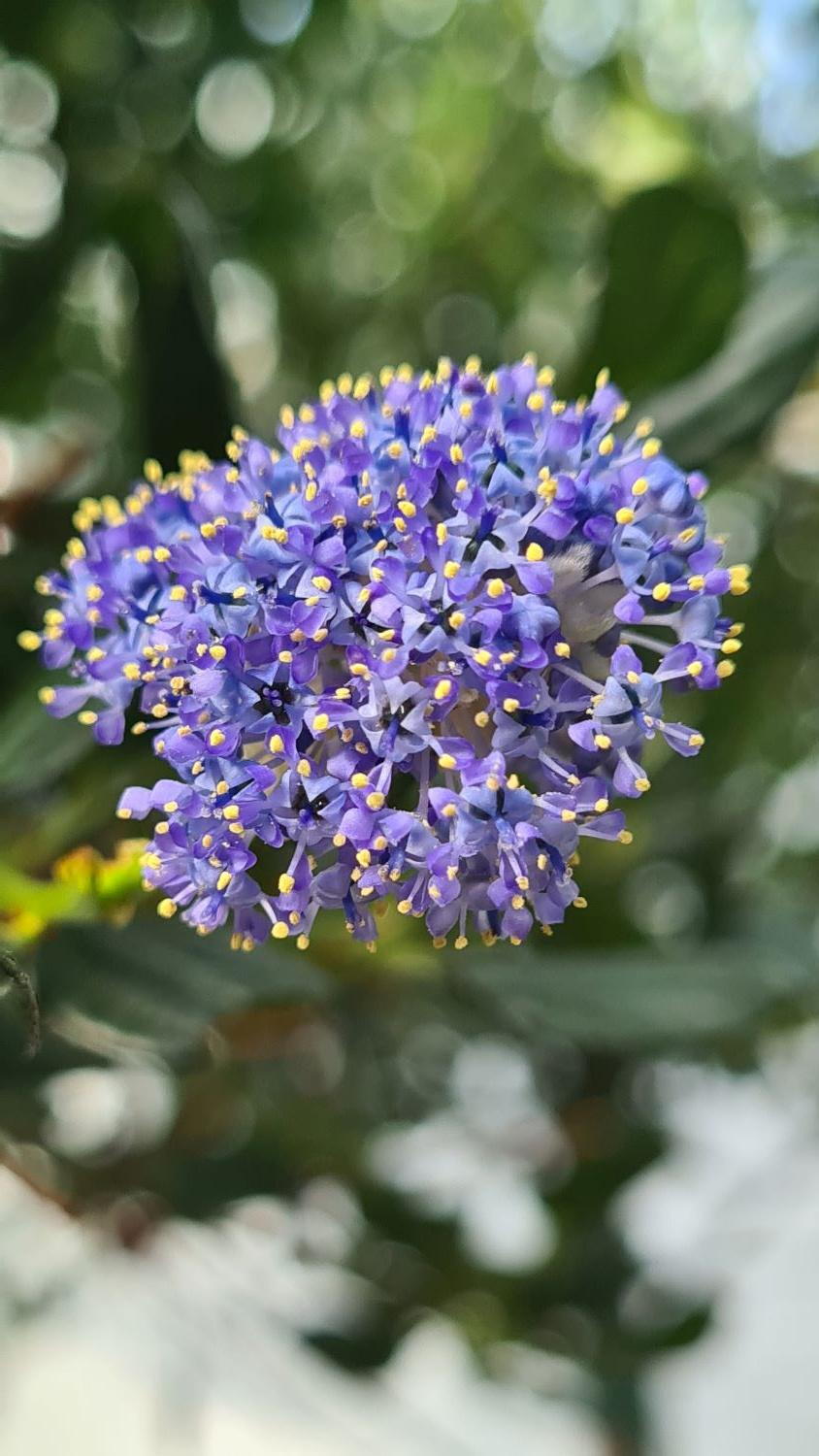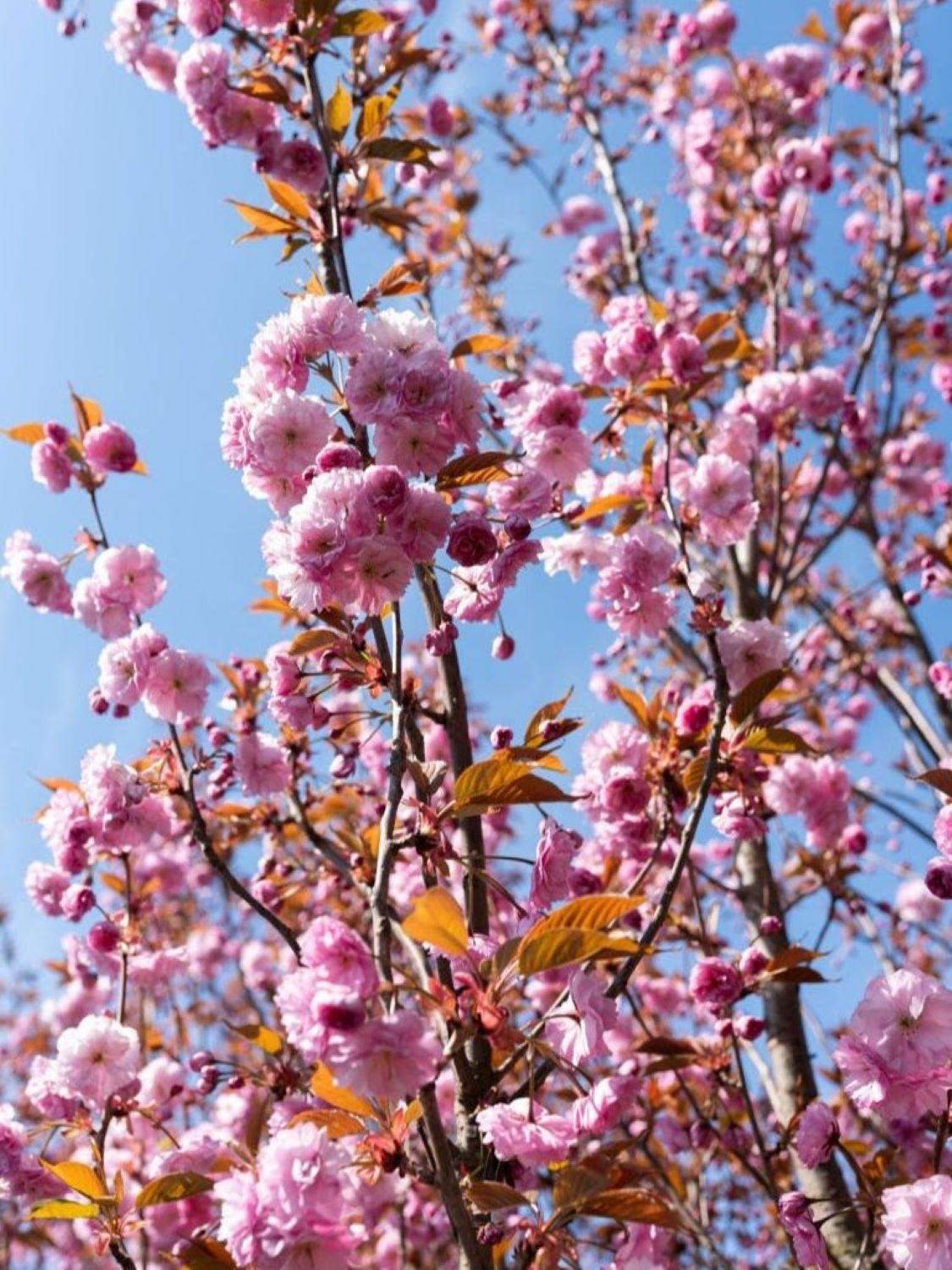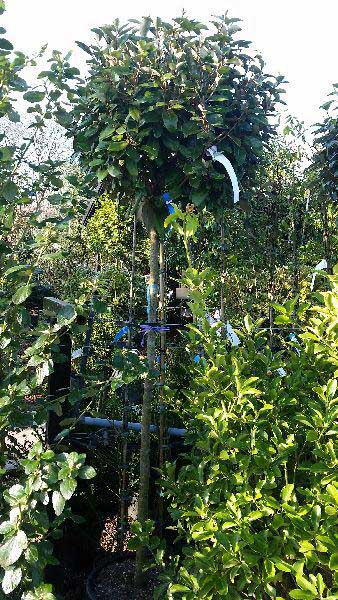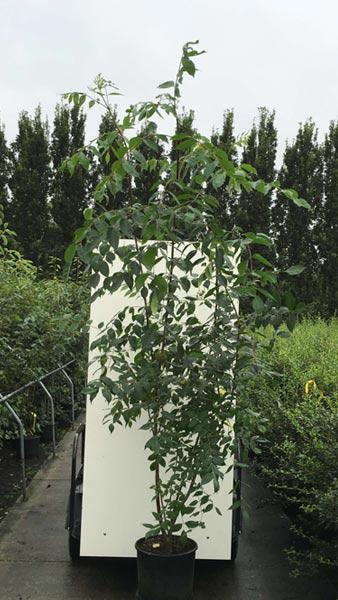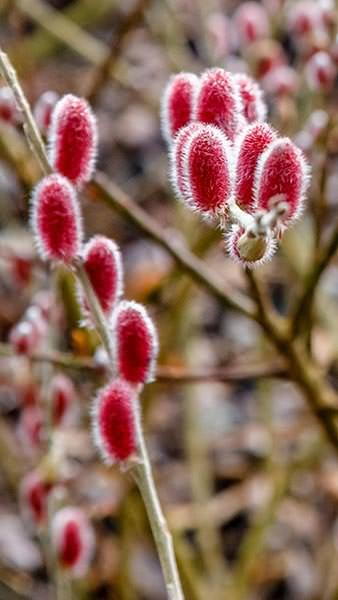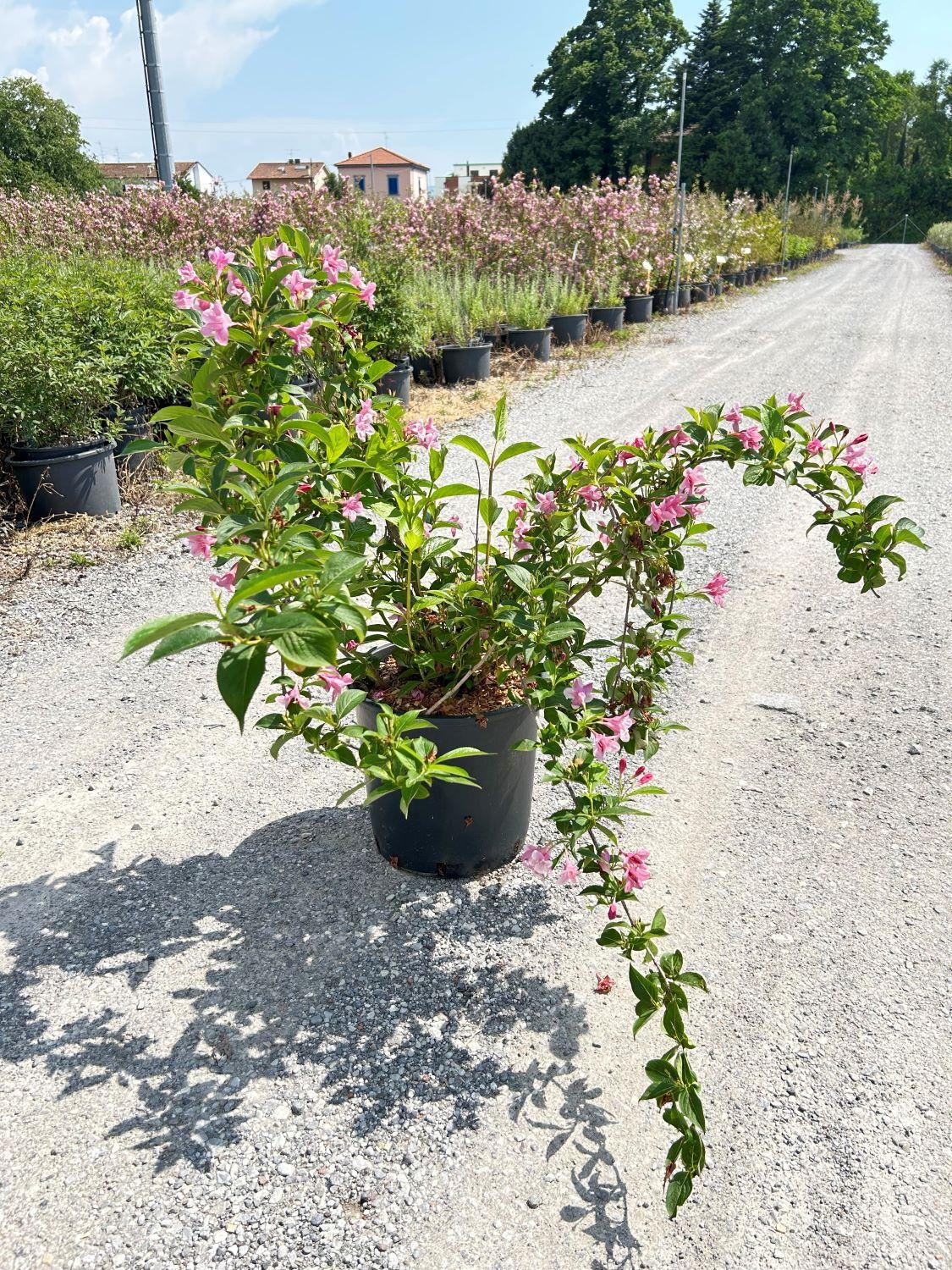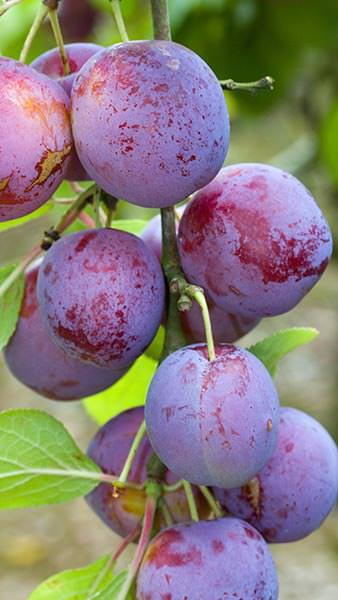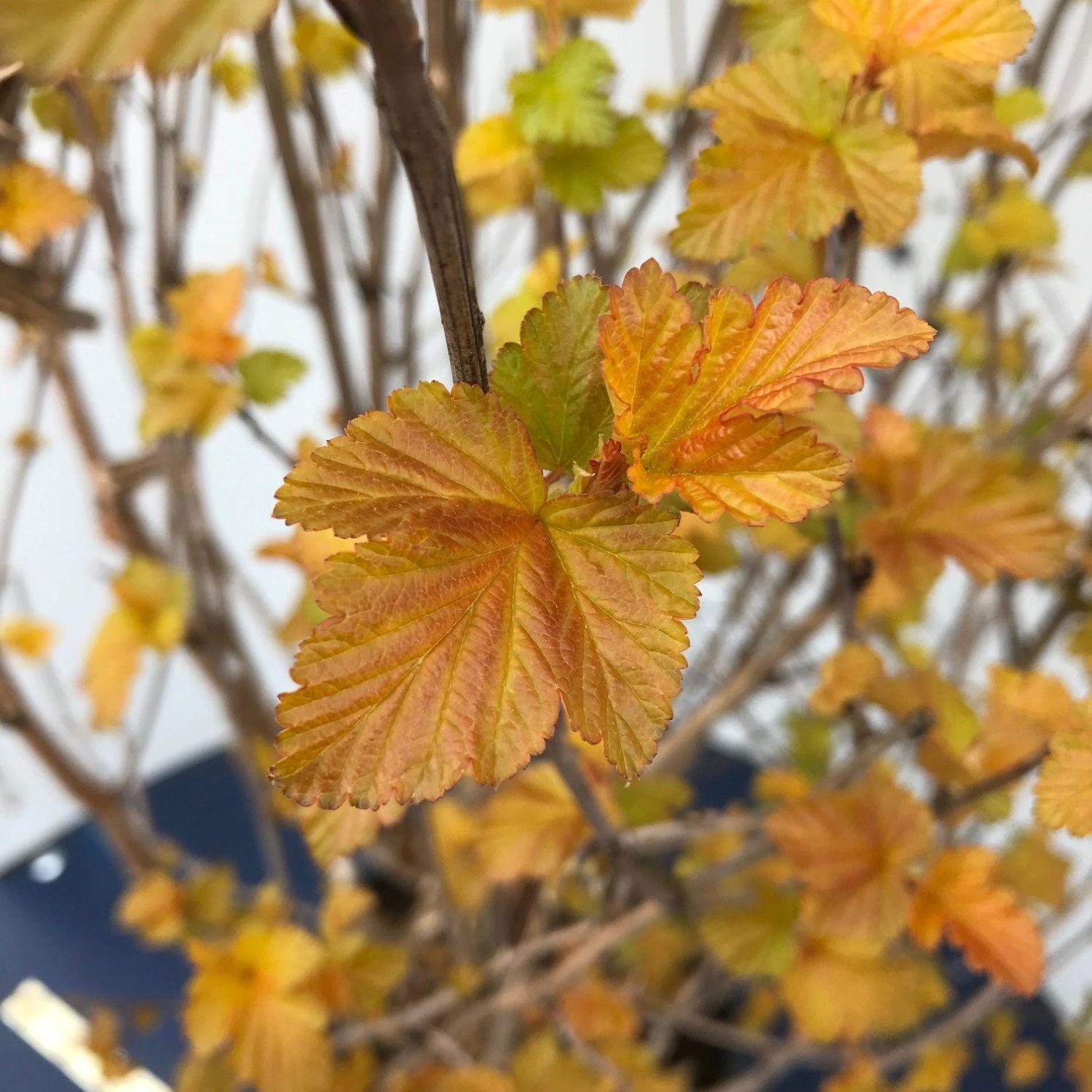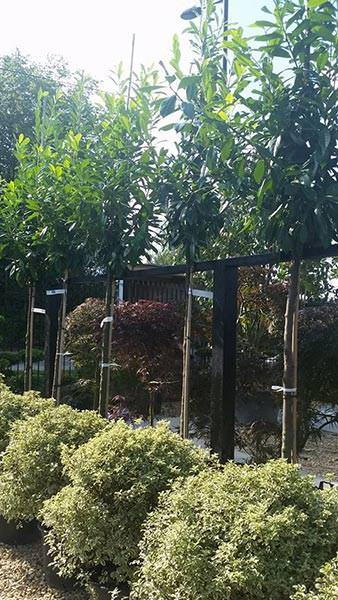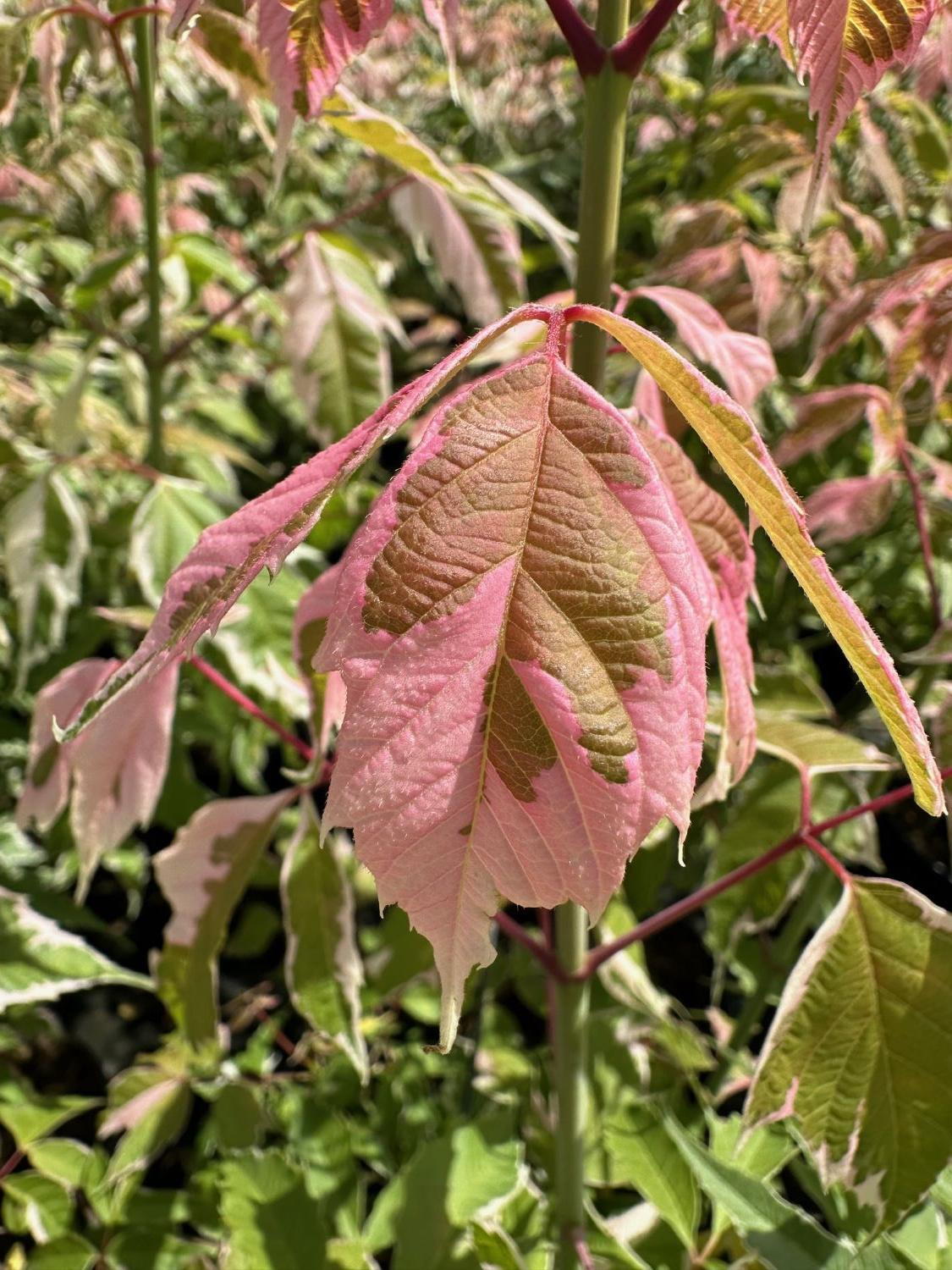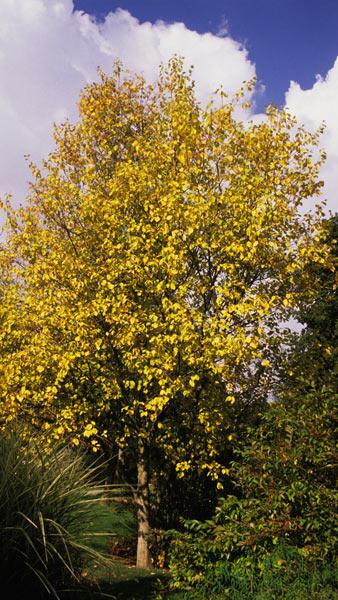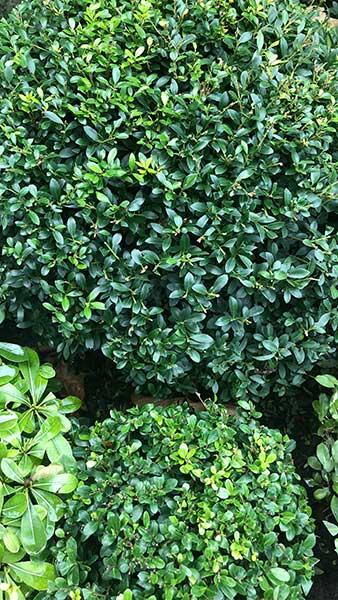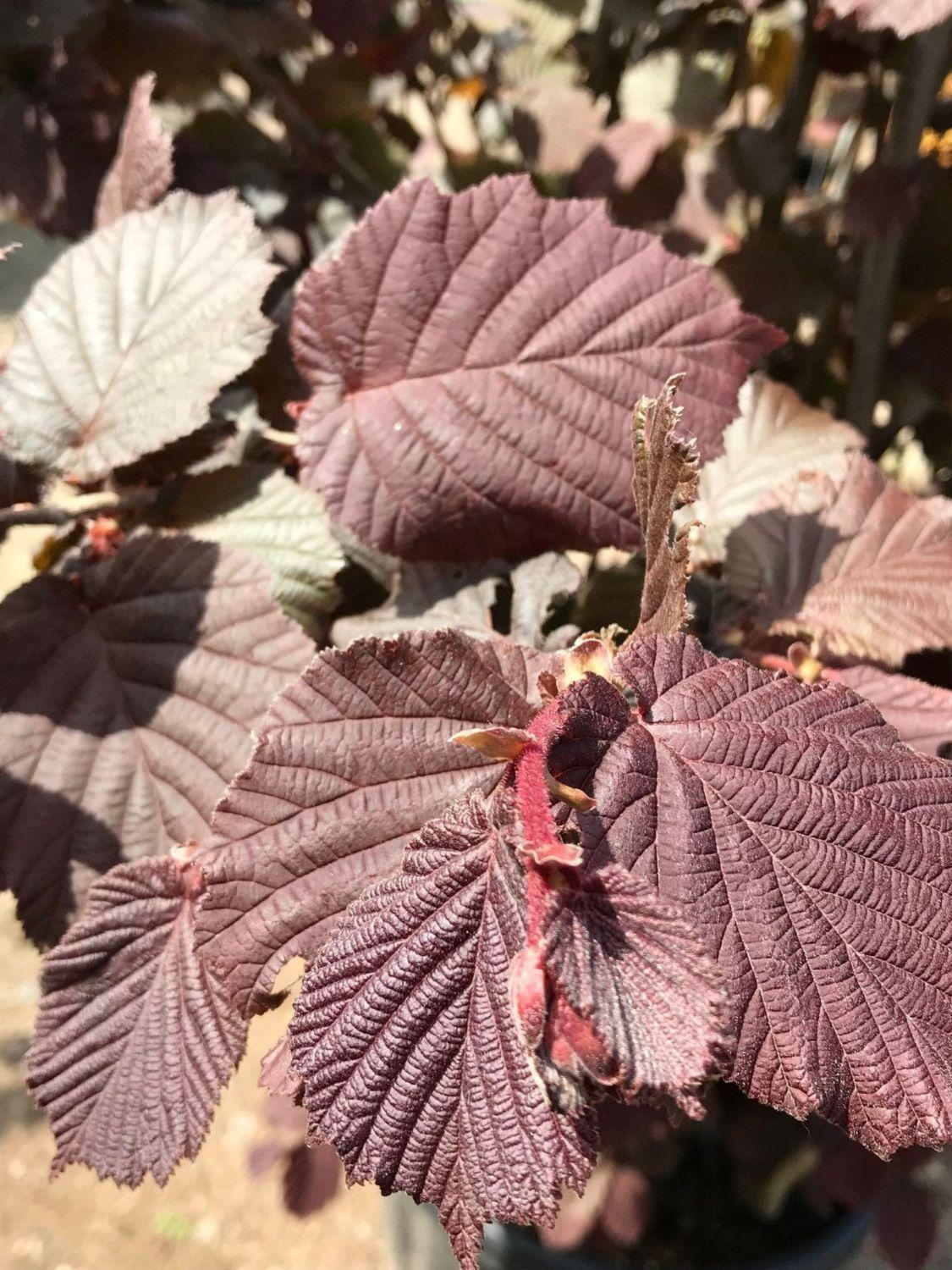Prunus Domestica Excalibur Plum Tree Mature Plum Trees UK
Prunus Domestica Excalibur, to give it its full botanical name, is a plum variety that ripens at the end of the August. This small deciduous tree is cherished for its delicious fruit, which is rather large when compared to its close relatives and with a good flavour.Not unlike all plum cultivars, Excalibur is engulfed in masses of delicate white blossoms in mid-spring. The flowers give way to large plums with reddish-orange skin. The flesh of these plums is juicy, yellow-orange, and has a very sweet taste. With a steep, upright growth habit, Plum Excalibur looks quite attractive even when not in full bloom or laden with fruit. The elliptic leaves keep their dark green colour until they drop, and make a dense canopy, which is why this tree can also be used as a shade tree.Height and Spread of Prunus Domestica ExcaliburSuited for small and large gardens alike, this compact fruit tree will achieve a maximum size of 4 metres, both in height and spread.How Hardy Is Prunus Domestica ExcaliburFully hardy in the United Kindom, Plum Excalibur can survive in average winters, with temperatures up to 10 degrees below zero.How To Use Prunus Domestica ExcaliburHighly-decorative and heavy-cropping, this plum tree will add decorative value to the landscape, but, most importantly, provide an abundant yield of plums each season. It can be grown as a standard tree, or trained against a wall, cordoned, or fan-trained.A reliable performer, Plum Excalibur produces a good crop of dual-purpose fruit, that can be either eaten raw or used for cooking. However, this cultivar is self-sterile, so it will need other plum varieties planted nearby to bear fruit. Best choices for its pollination partners are varieties Opal and Victoria.How To Care For Prunus Domestica ExcaliburEasy to grow and to care for, Plum Excalibur will thrive in any soil, as long as it is moist but well-drained. Choose a sheltered position in full sun, to ensure prolific fruit production and protect the try from cold, strong winds. When it comes to maintaining this plum tree in optimal shape, the method of pruning will depend on the training form of the tree. In most cases, minimal effort is needed to keep this cultivar happy and healthy. If the tree crops too heavily, thin fruits to avoid biennial bearing.Grown primarily for its delicious plums, this cultivar offers ornamental value as well. Plant it en masse for abundant fruit production, or as a specimen tree, as its lovely appearance and masses of spring blossoms are sure to become the focus of interest in the garden.





